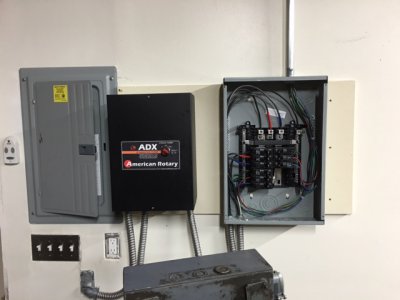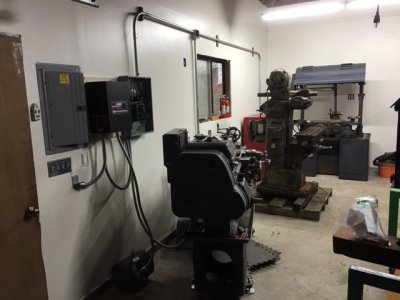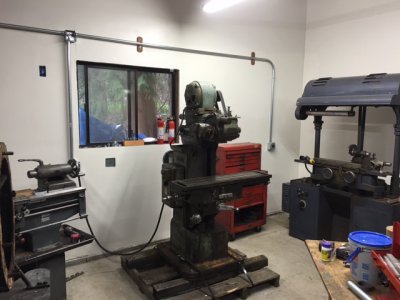- Joined
- Nov 14, 2014
- Messages
- 851
Hi,
I've got a 10hp 3phase RPC driving my lathe. Recently I bought a three phase OD grinder, and have decided to run both machines through a Seimens PL power center (three phase panel) having a separate 3 Ph breaker for each machine.
Iam using standard US color coded wiring coming from the RPC panel to the breaker panel:
L1 - black
l2- red
l3 -blue
Neutral - green
However, I can't find any wiring schematic to indicate what the proper wiring configuration should be to connect the breakers to the machines. In other words, Which terminal on each breaker is L1, l2, L3 etc?
Many Thanks for any assistance you can offer.
Glenn
I've got a 10hp 3phase RPC driving my lathe. Recently I bought a three phase OD grinder, and have decided to run both machines through a Seimens PL power center (three phase panel) having a separate 3 Ph breaker for each machine.
Iam using standard US color coded wiring coming from the RPC panel to the breaker panel:
L1 - black
l2- red
l3 -blue
Neutral - green
However, I can't find any wiring schematic to indicate what the proper wiring configuration should be to connect the breakers to the machines. In other words, Which terminal on each breaker is L1, l2, L3 etc?
Many Thanks for any assistance you can offer.
Glenn




